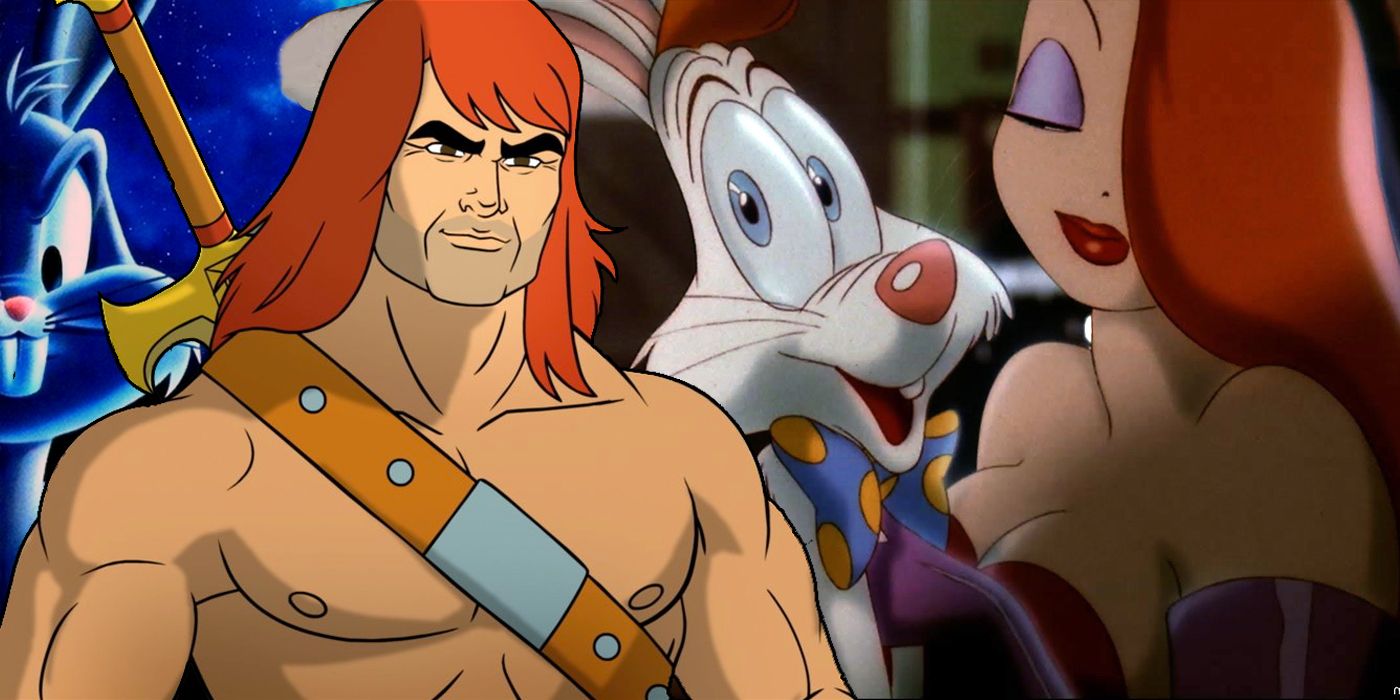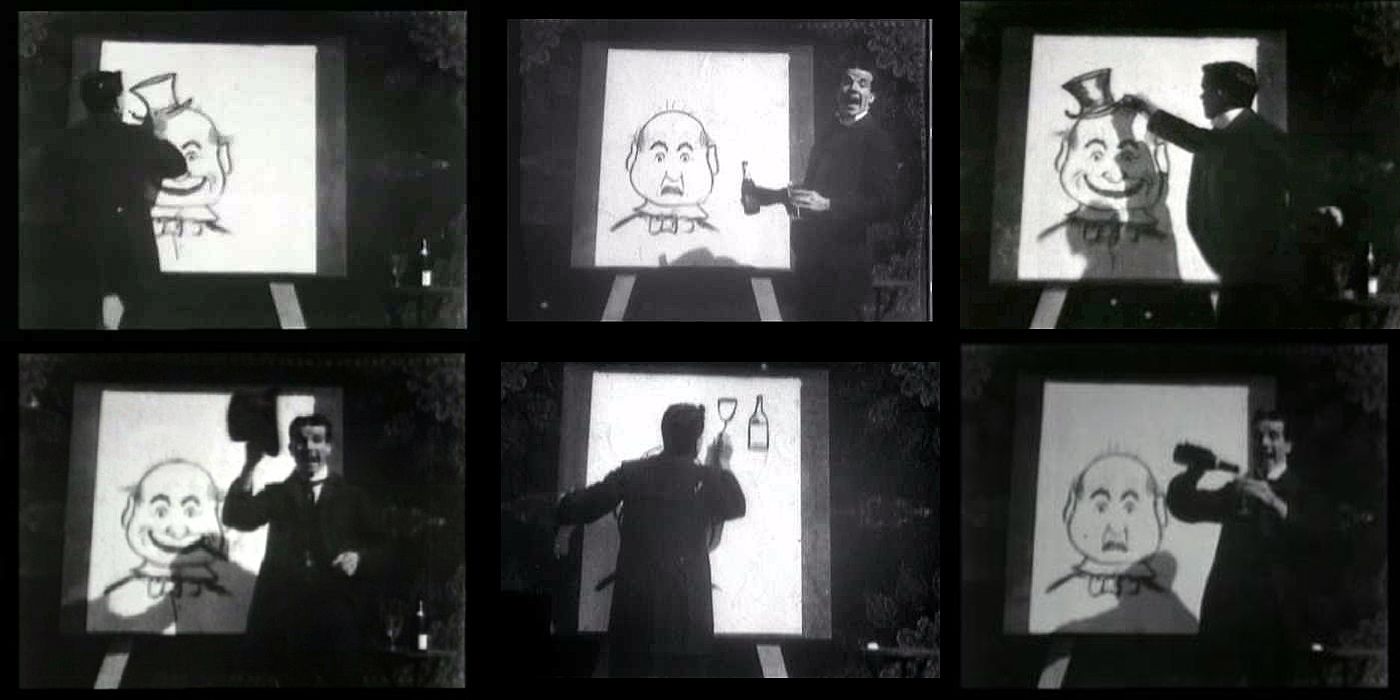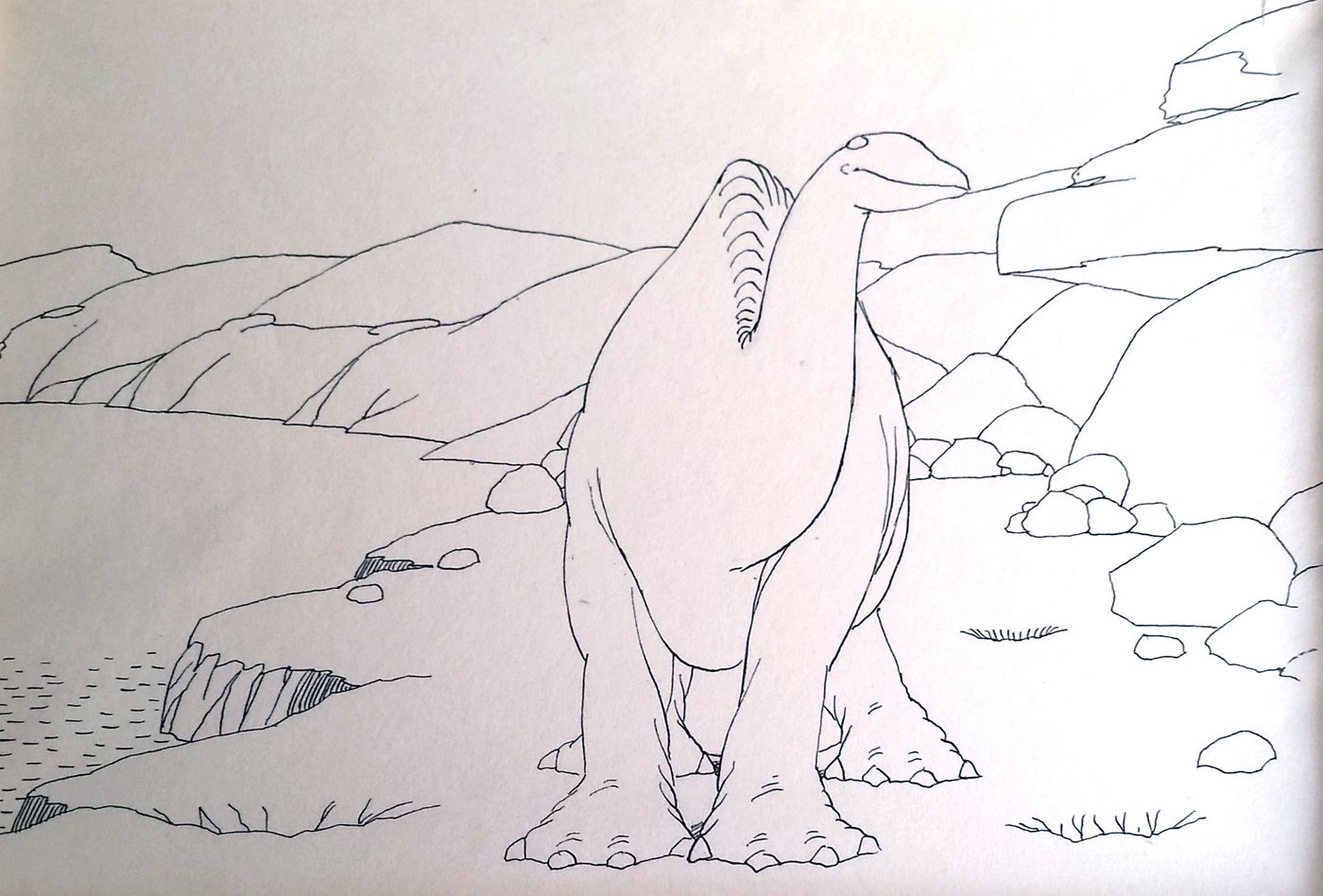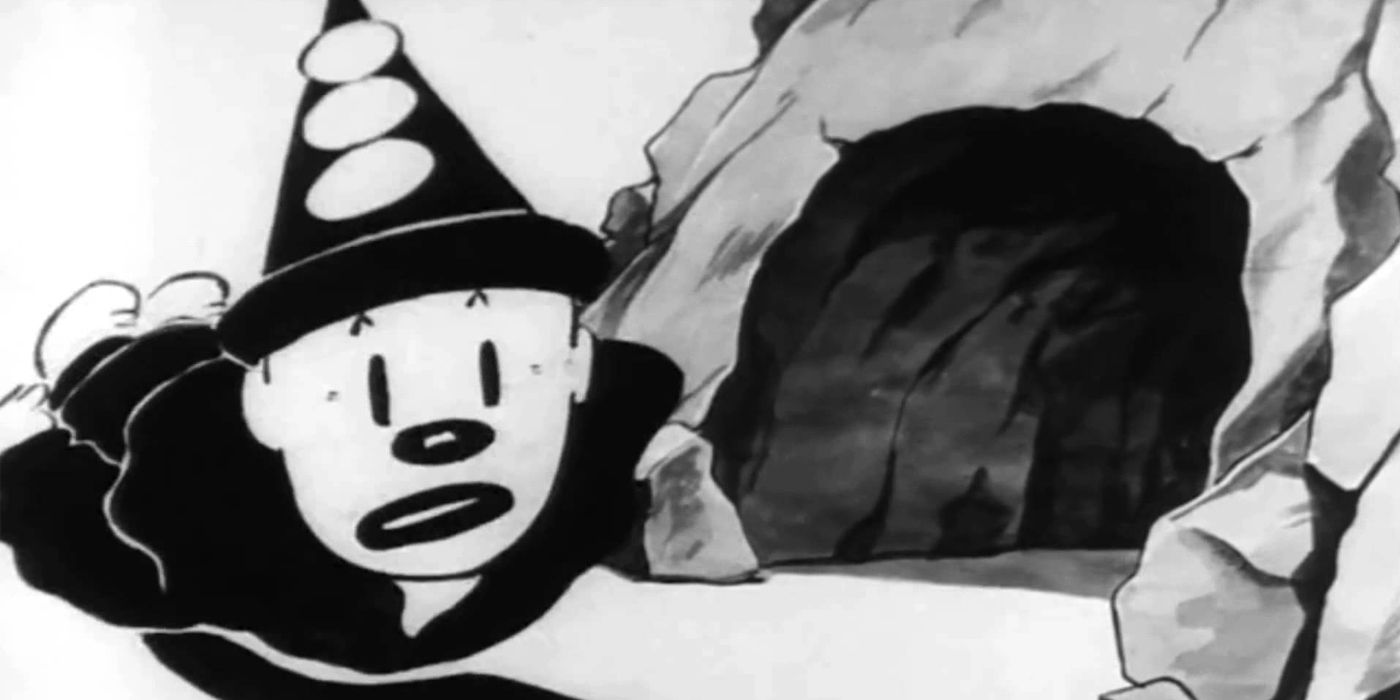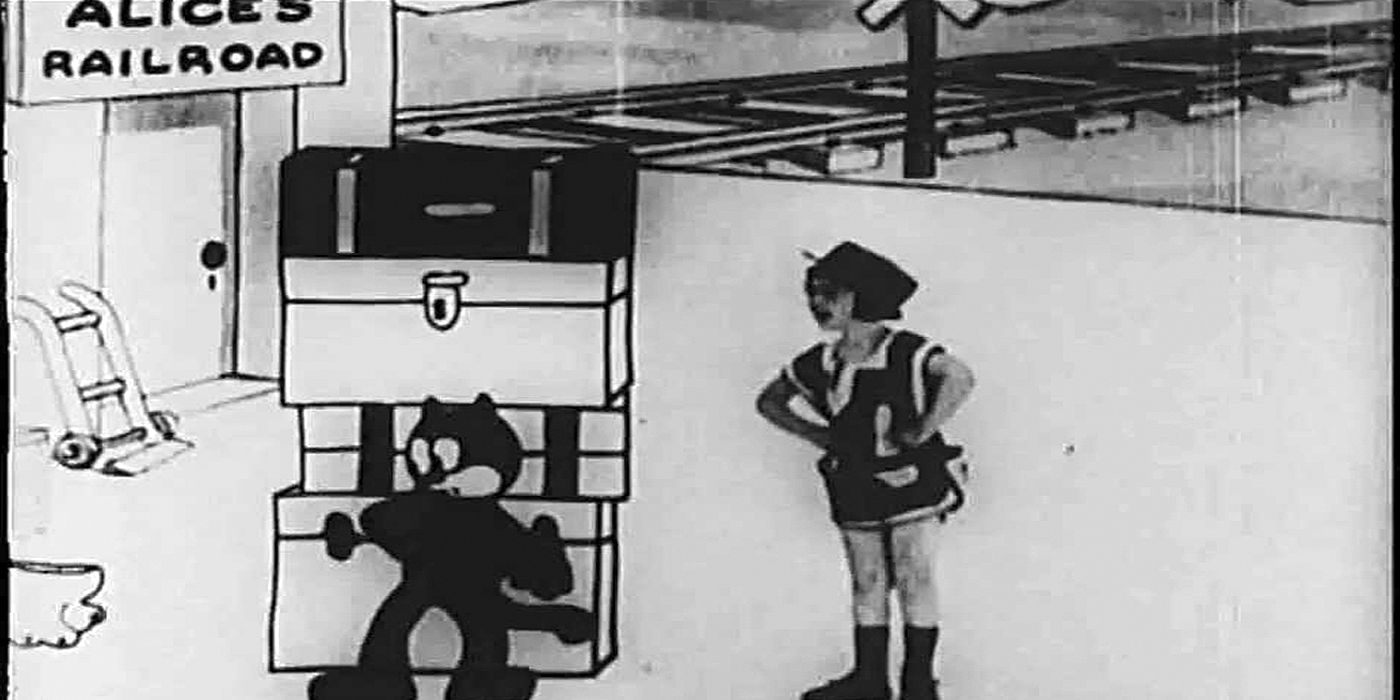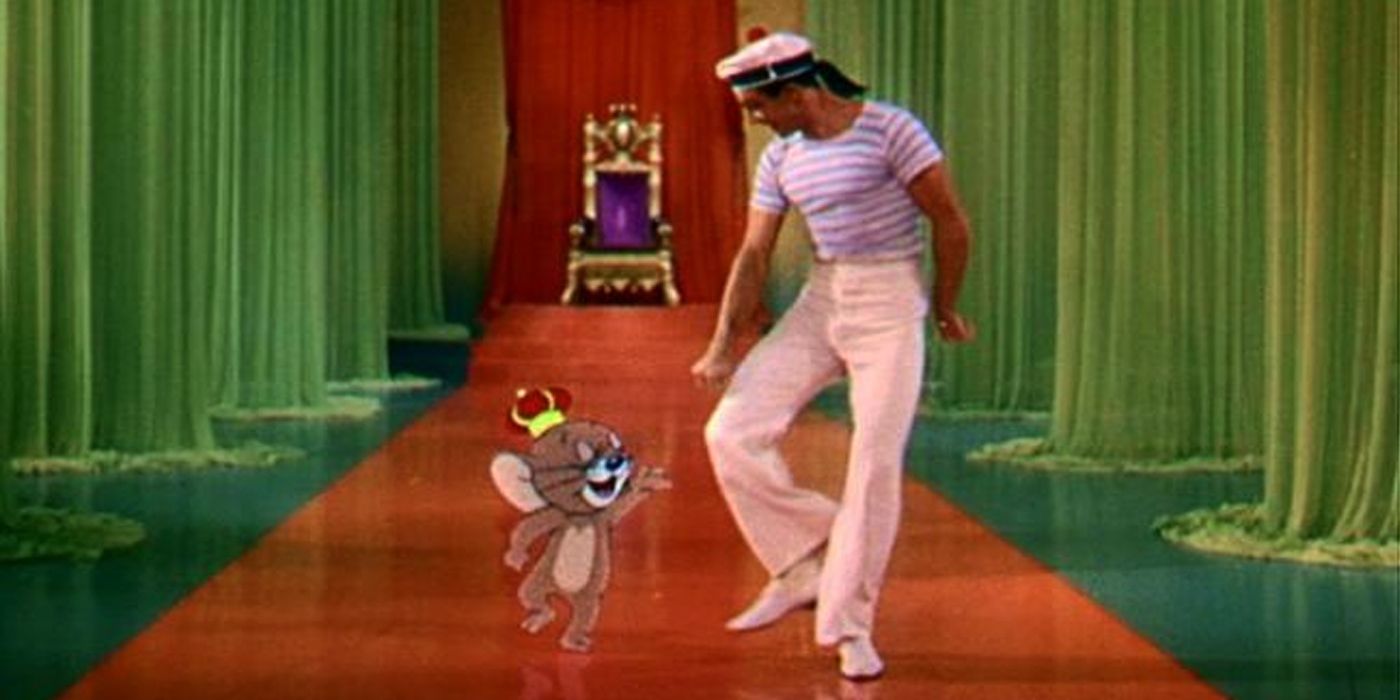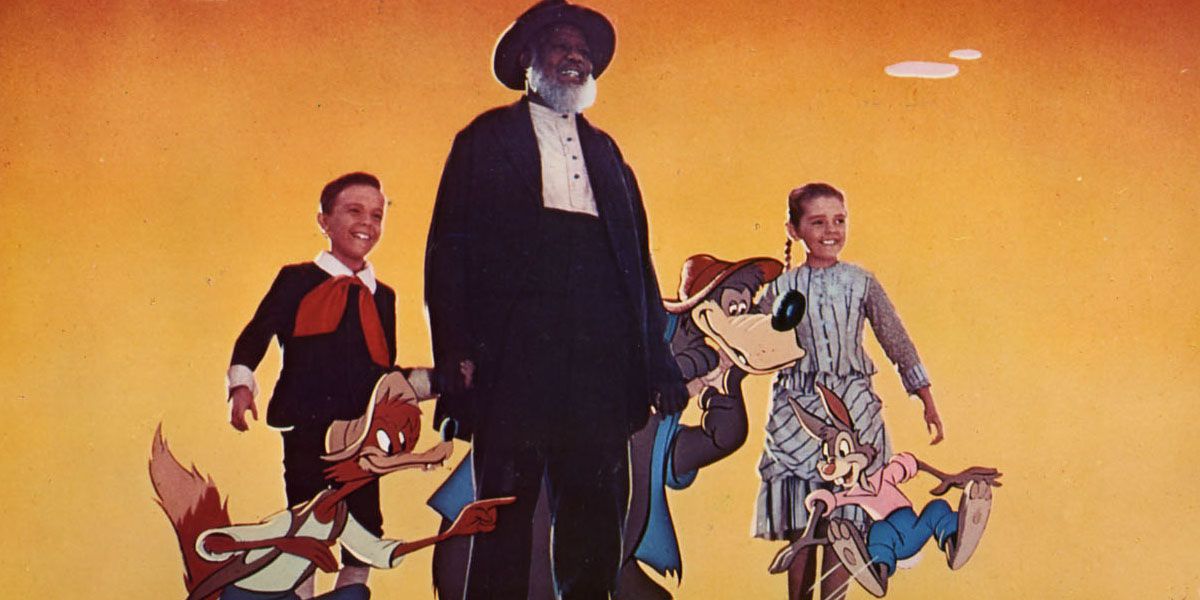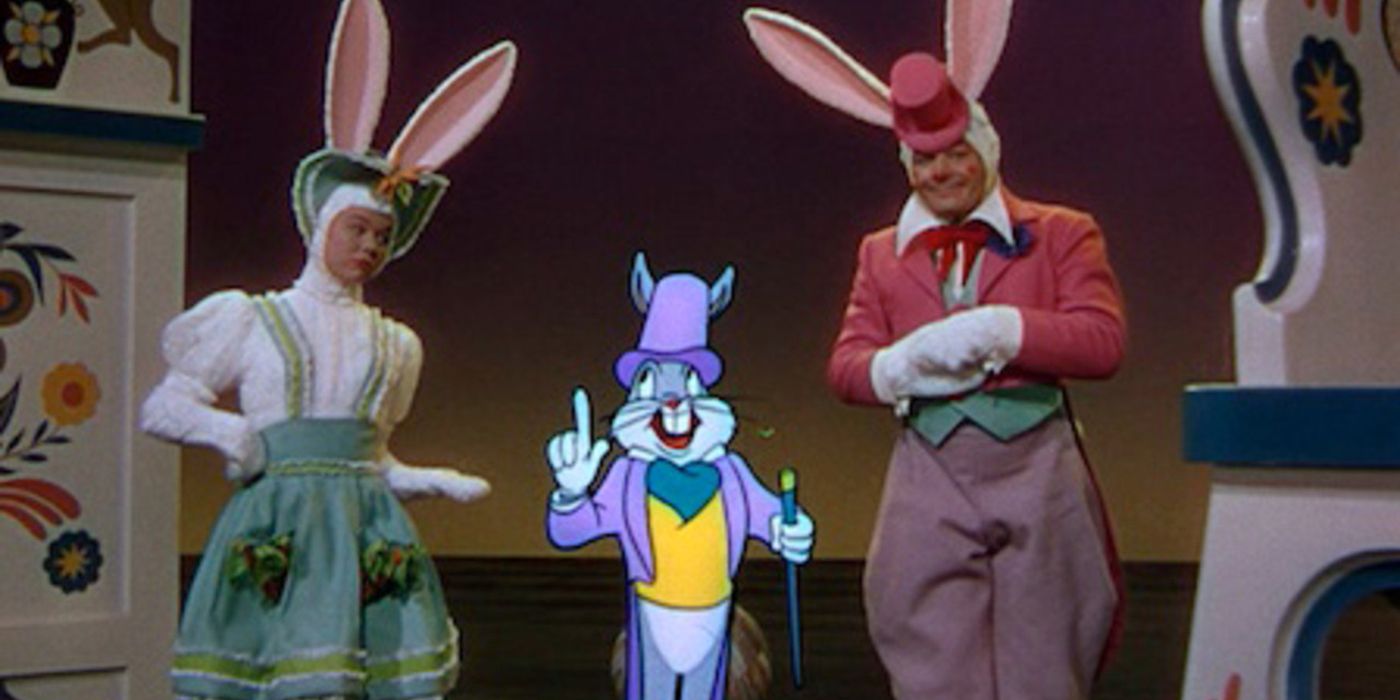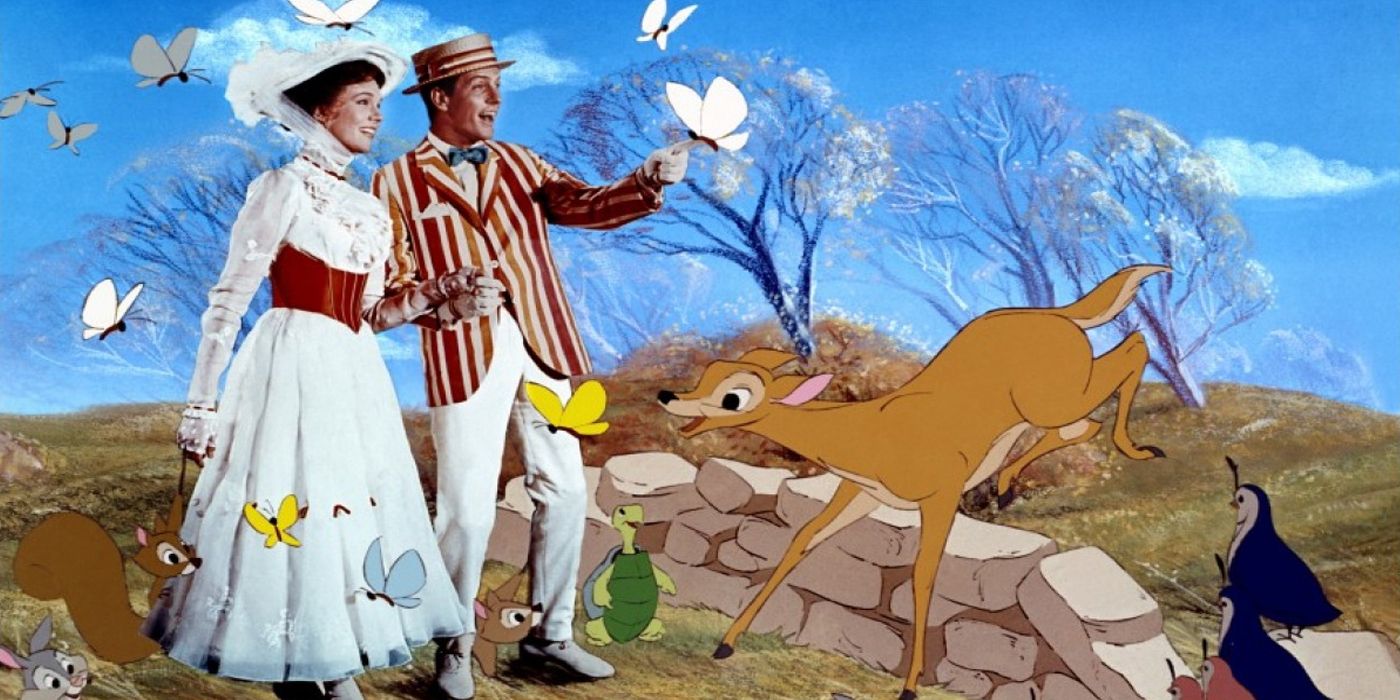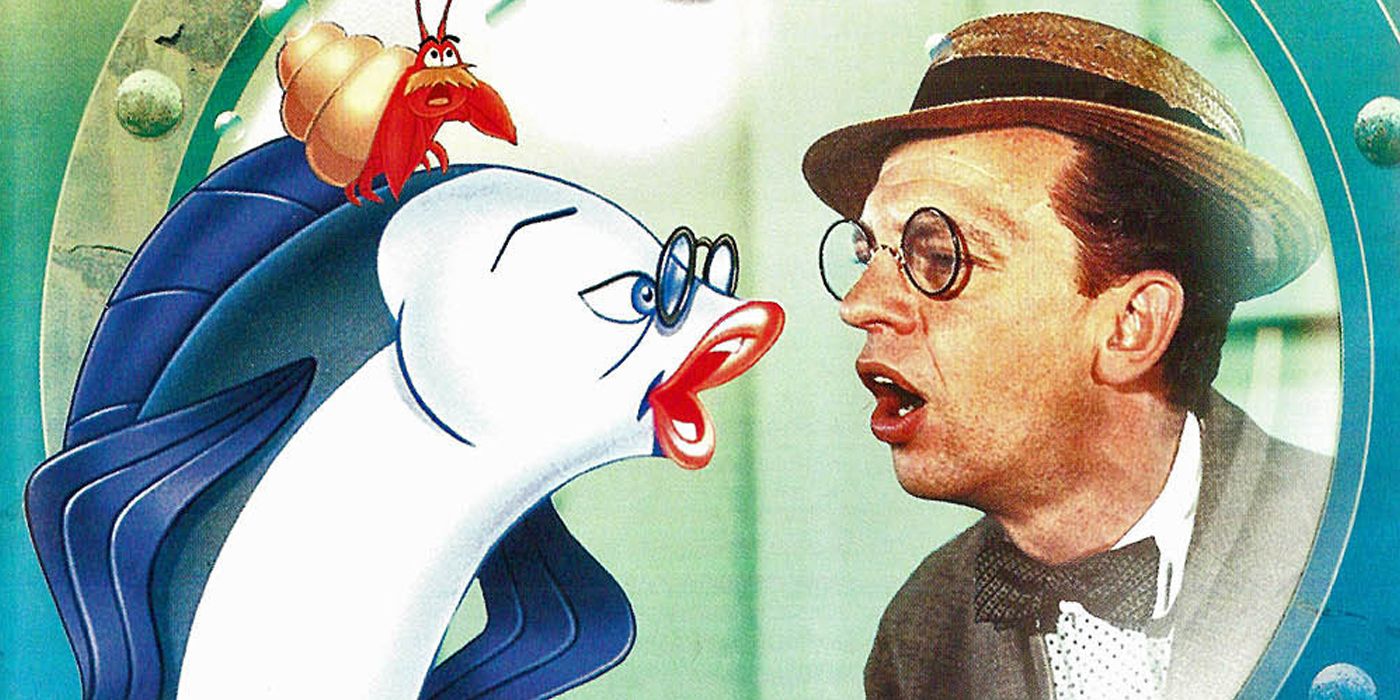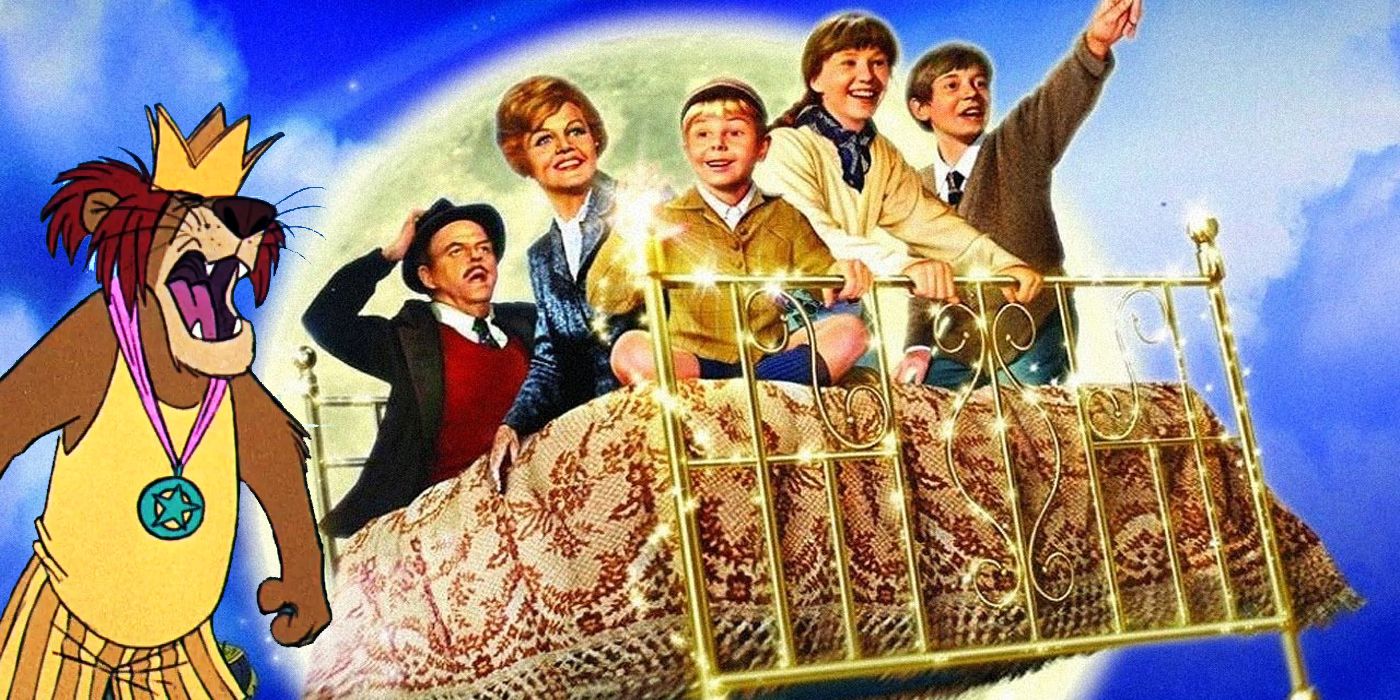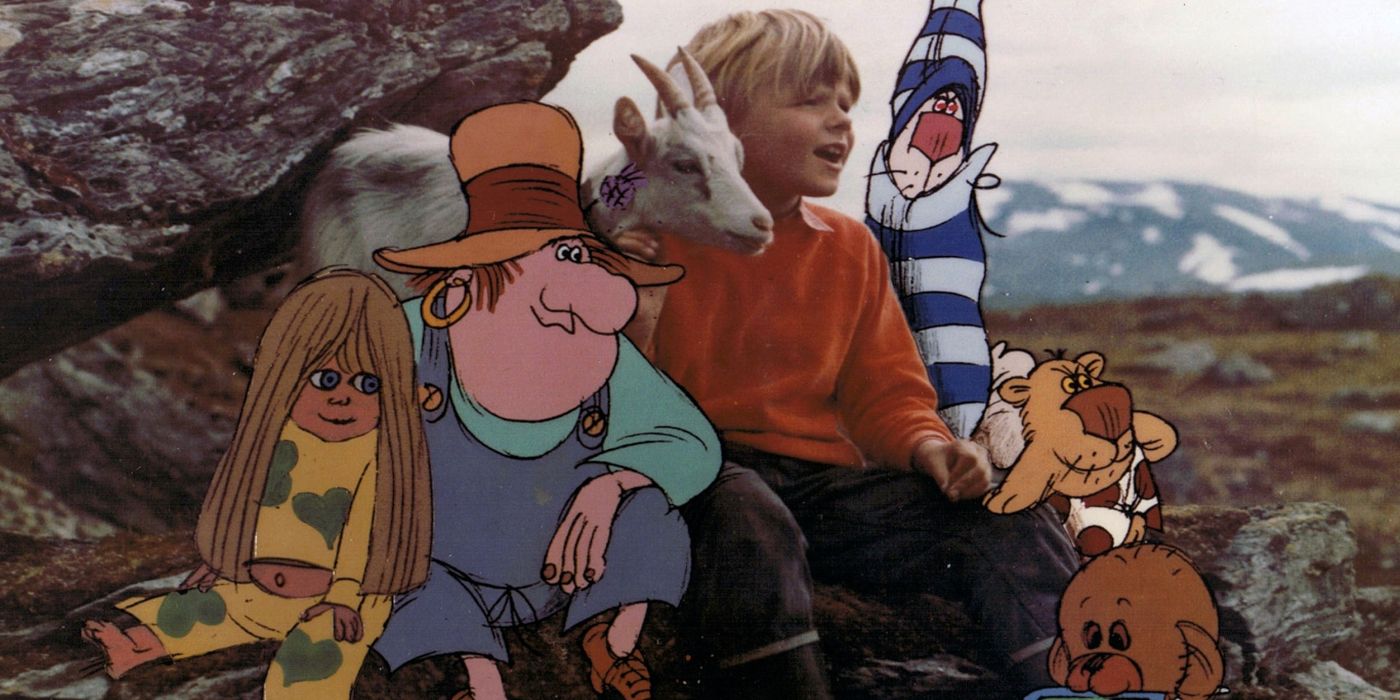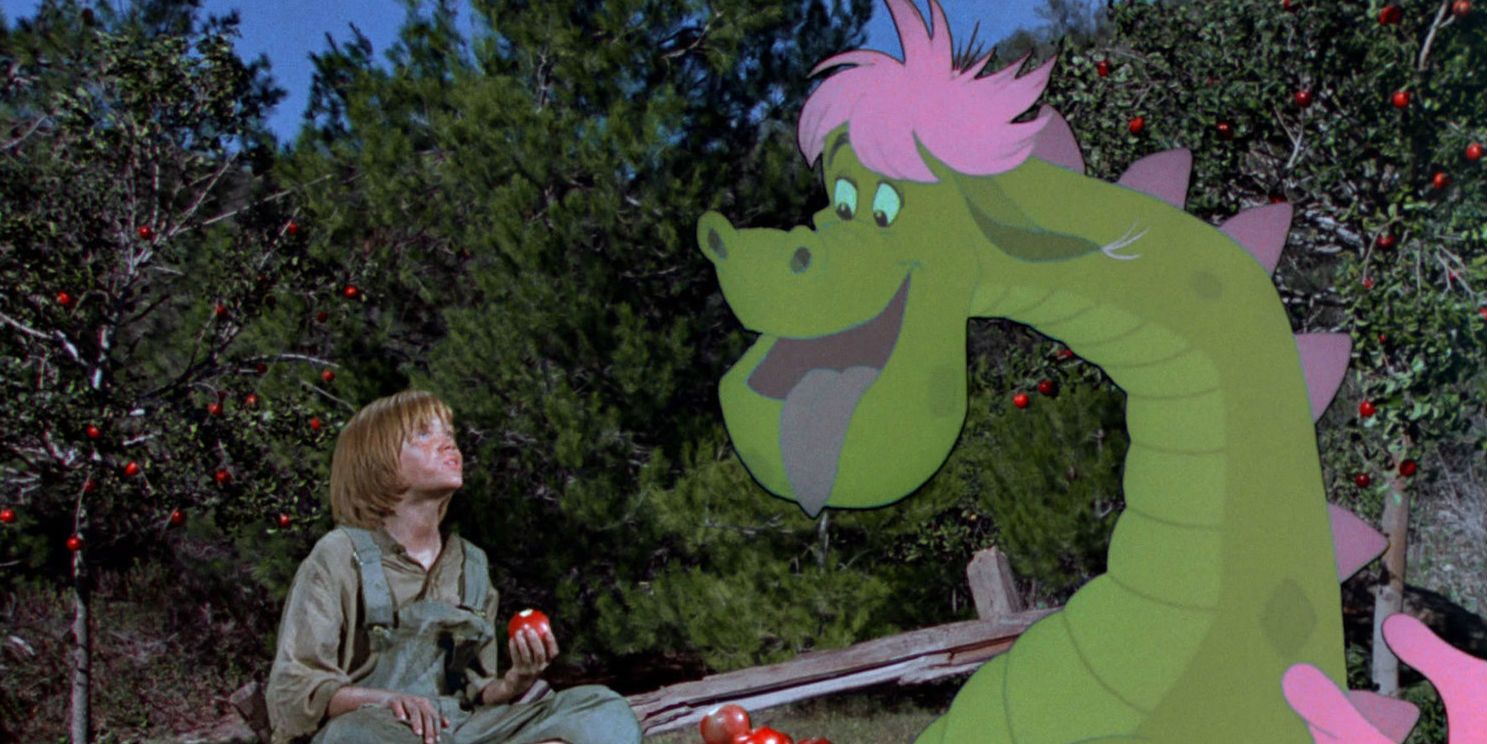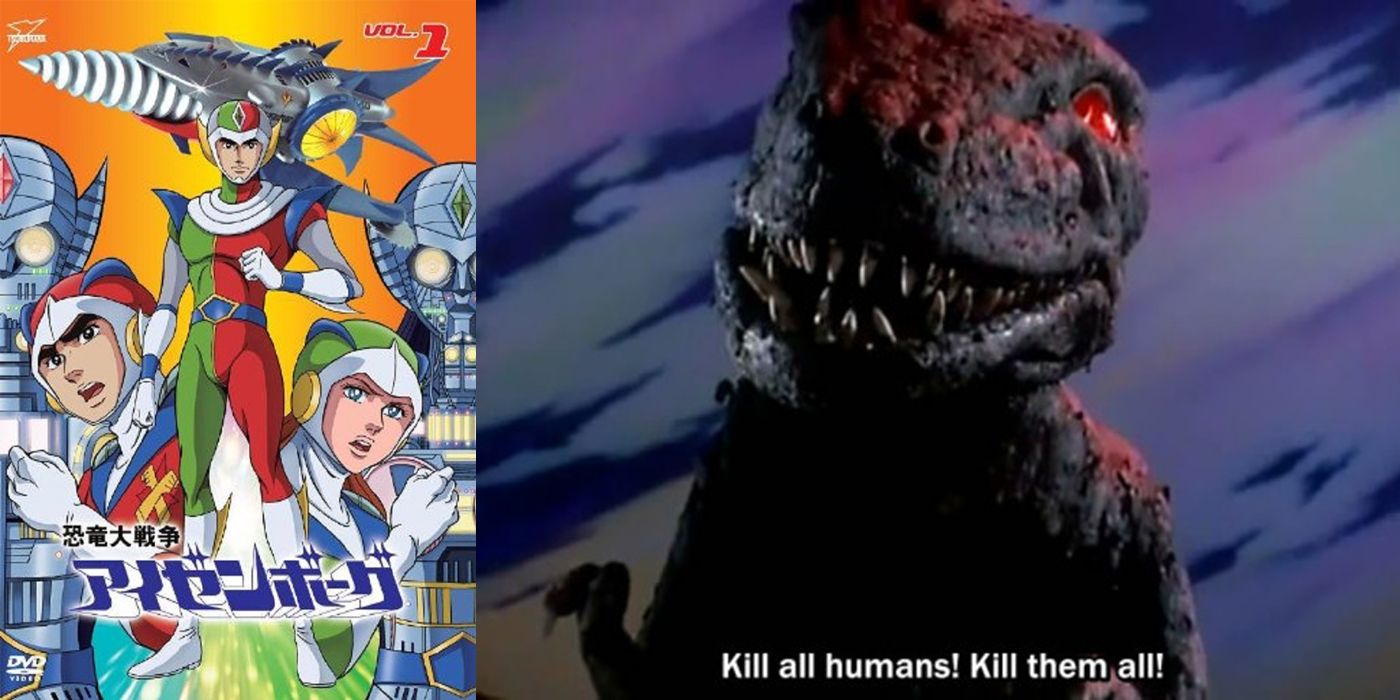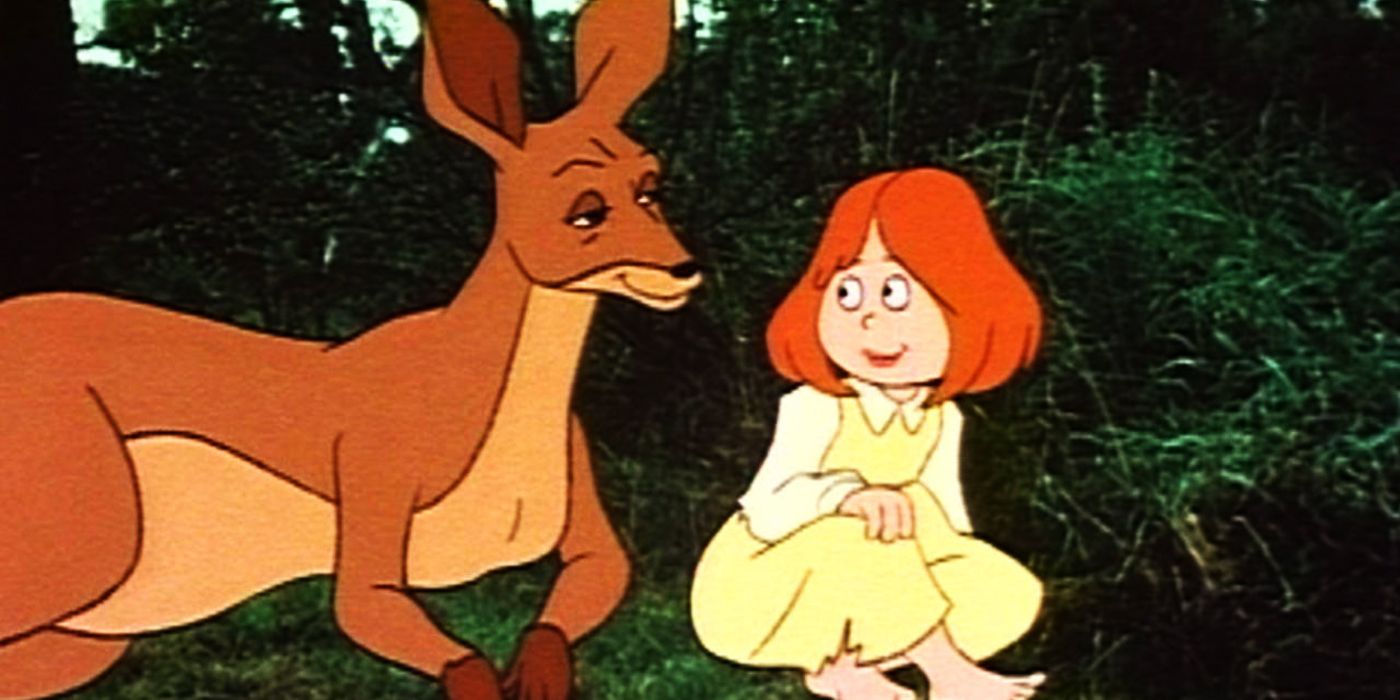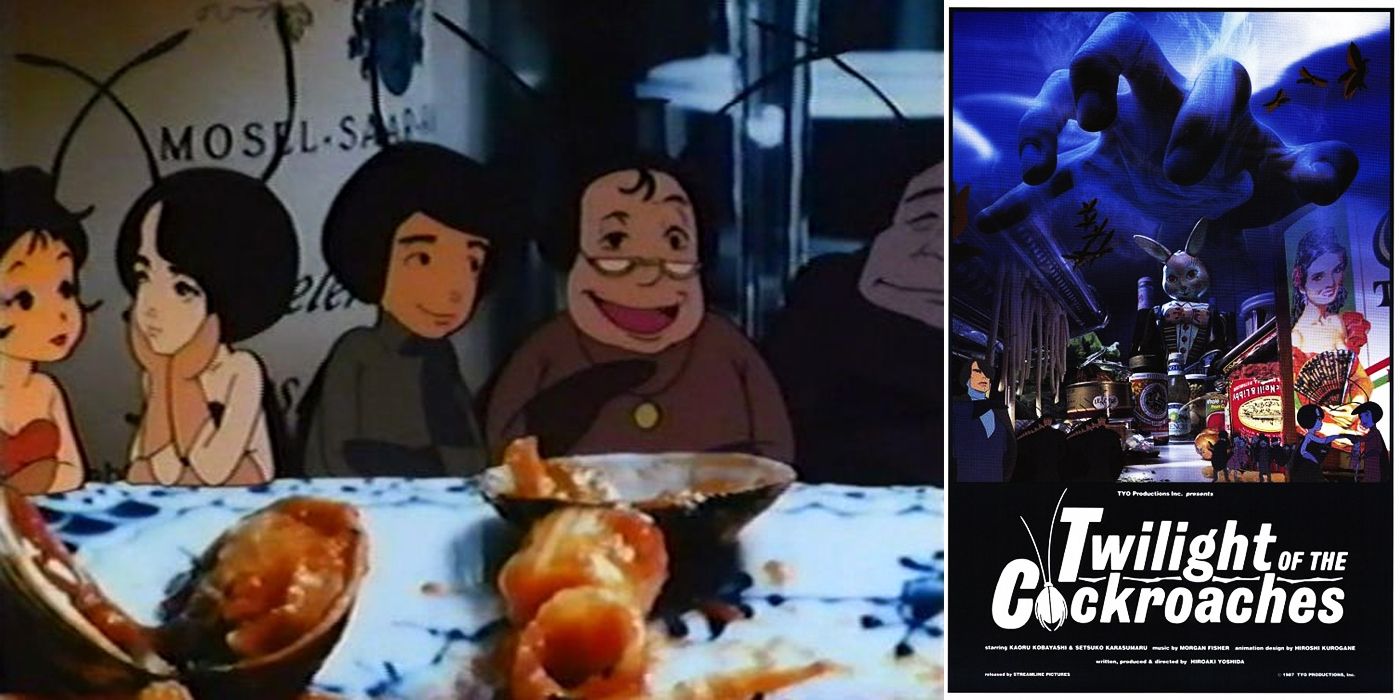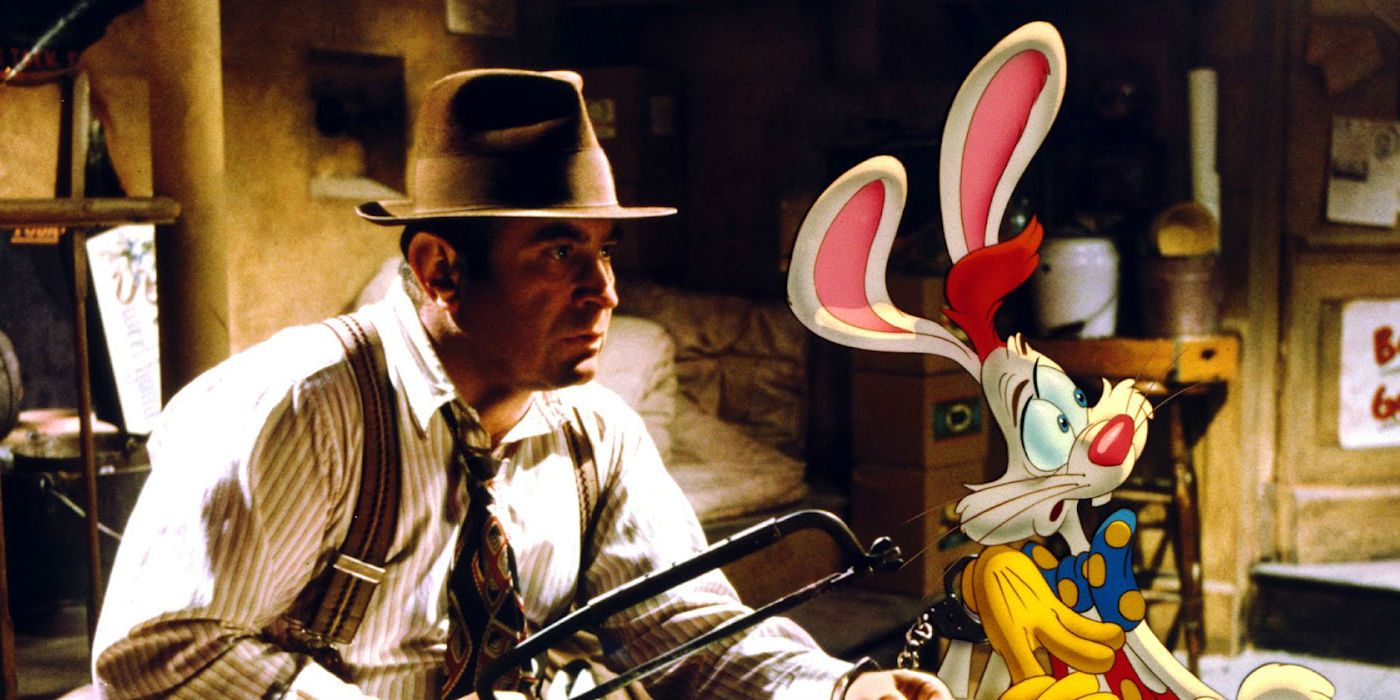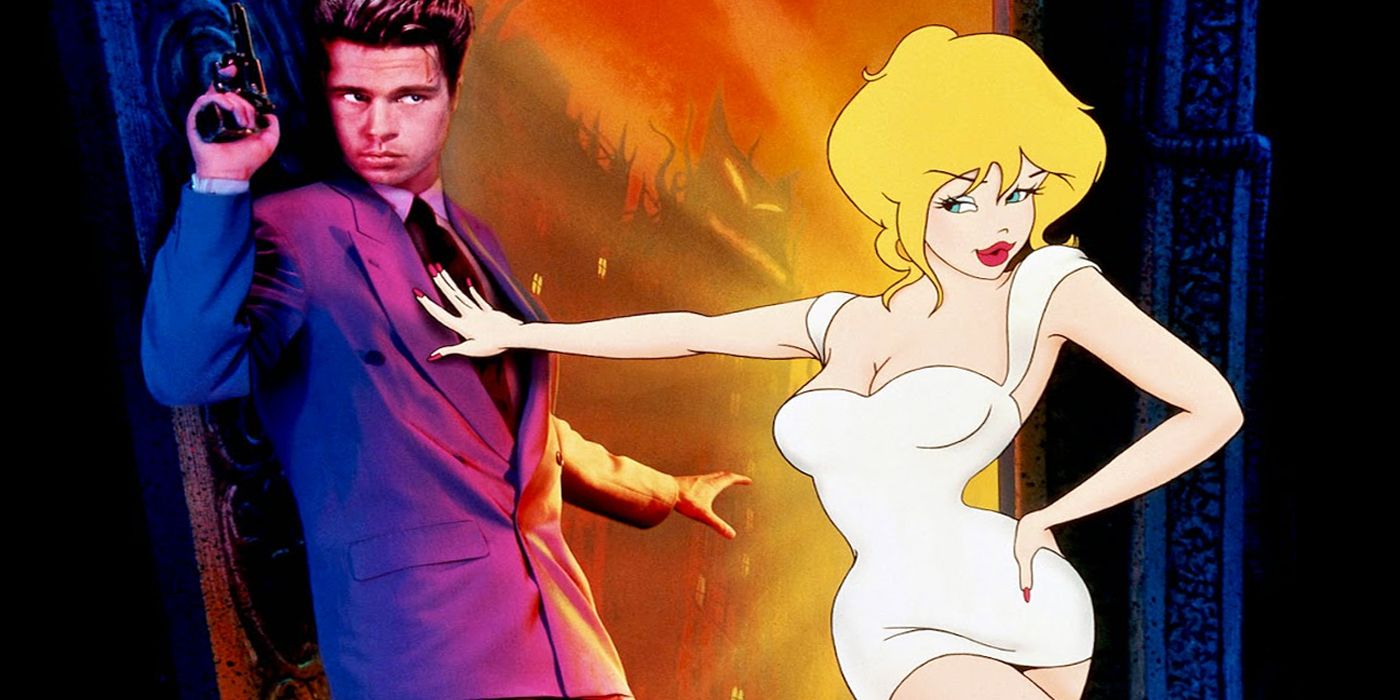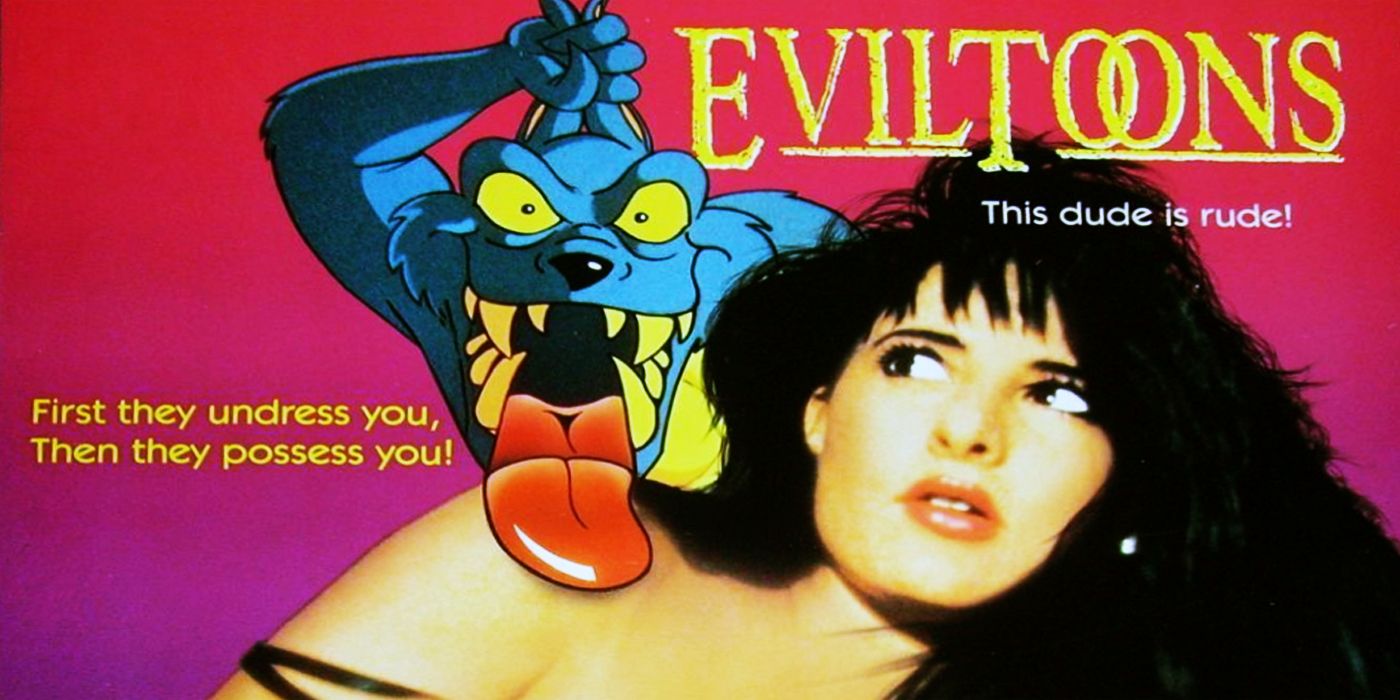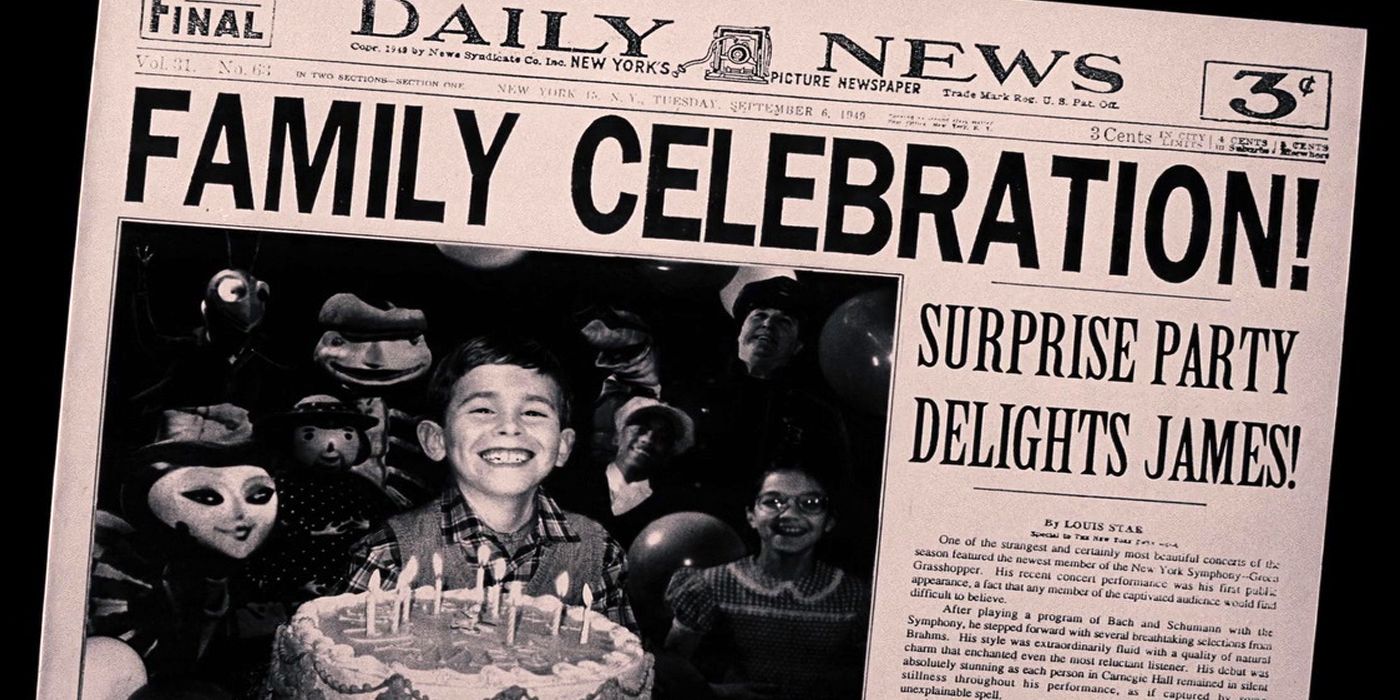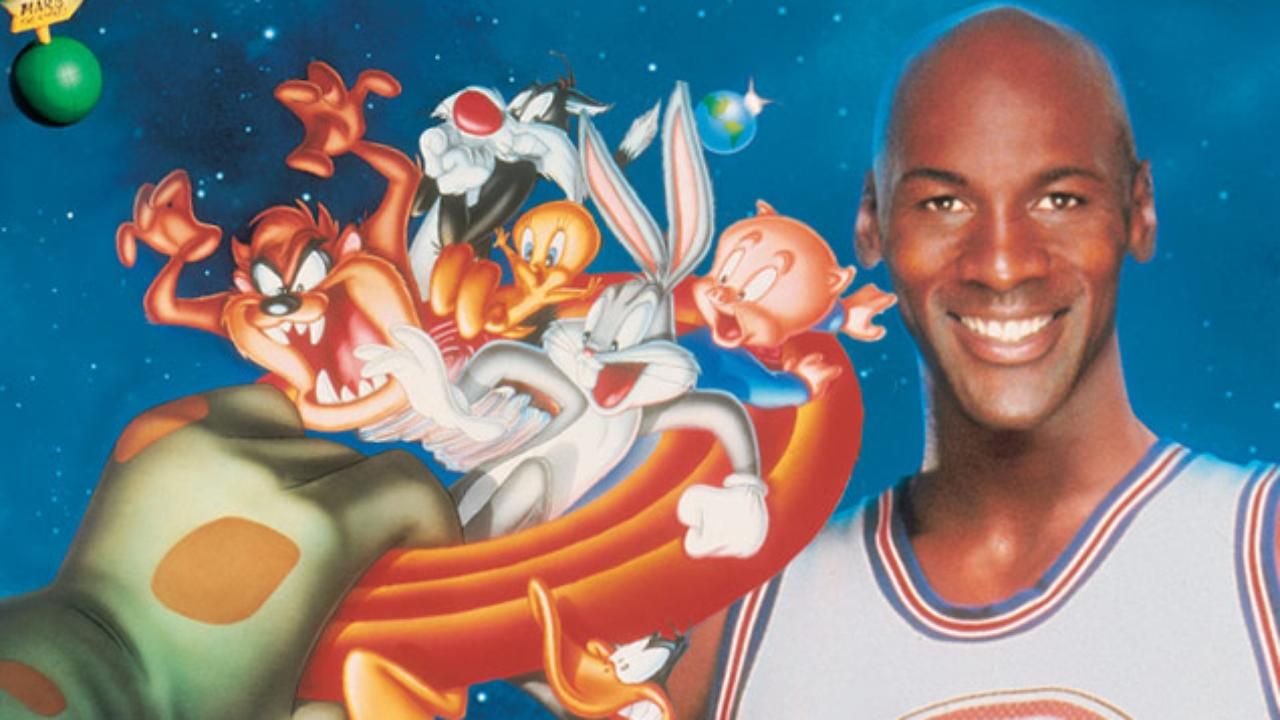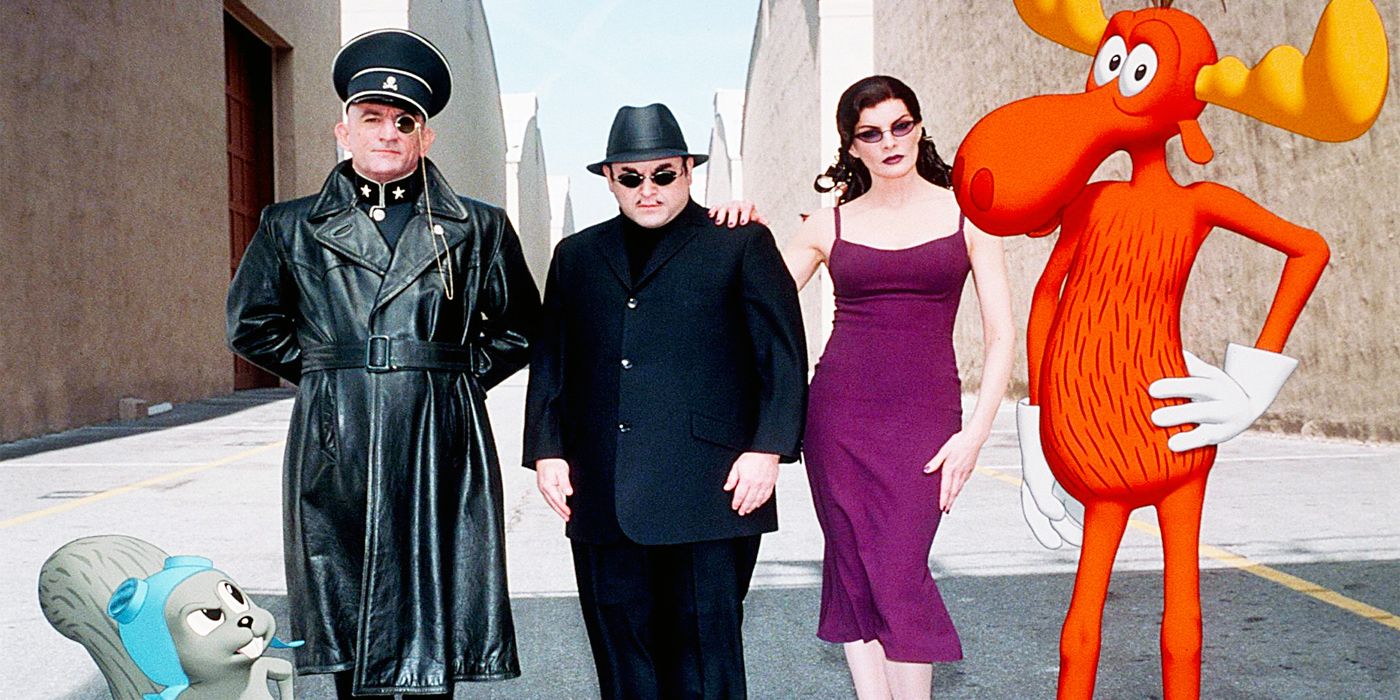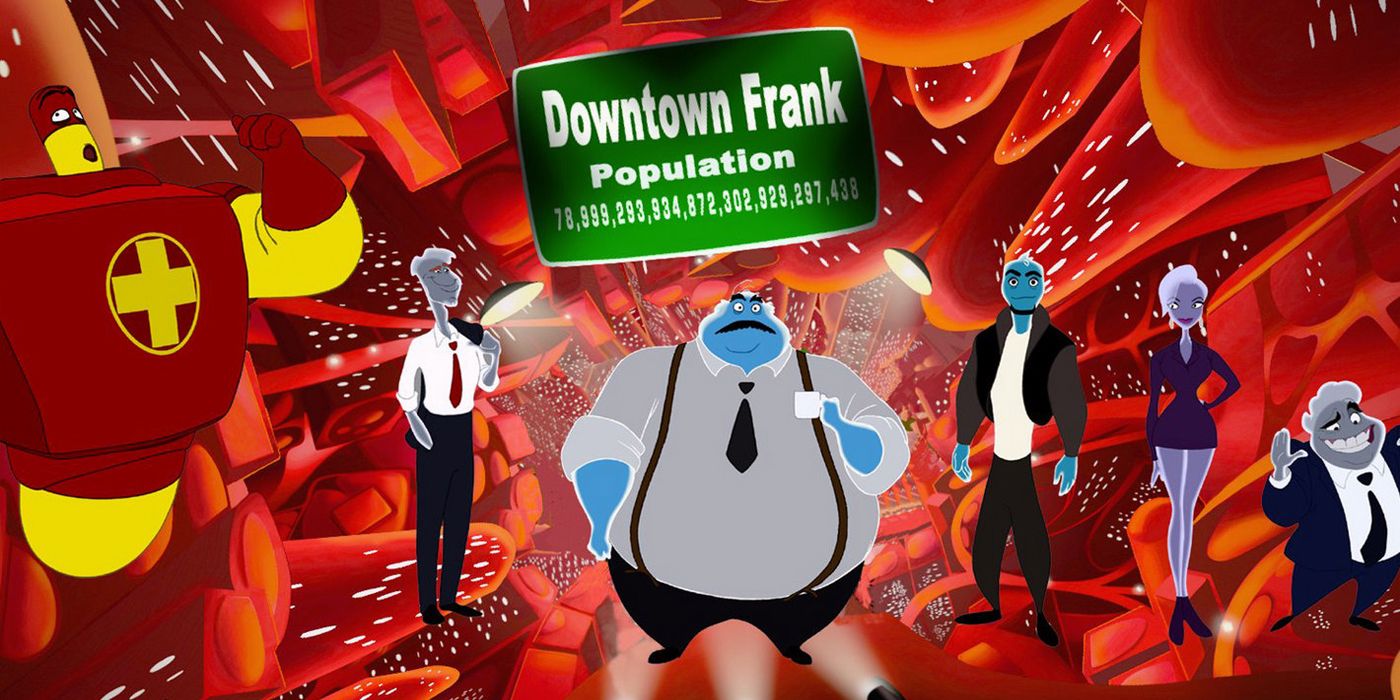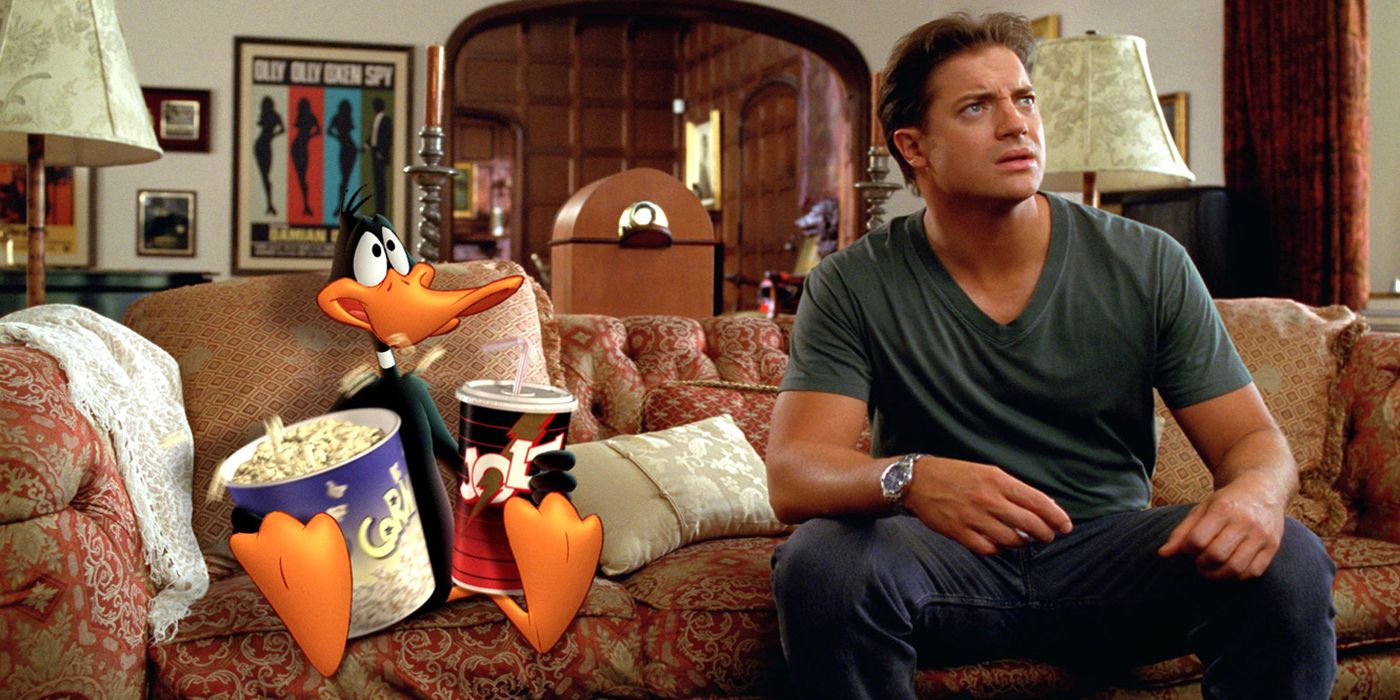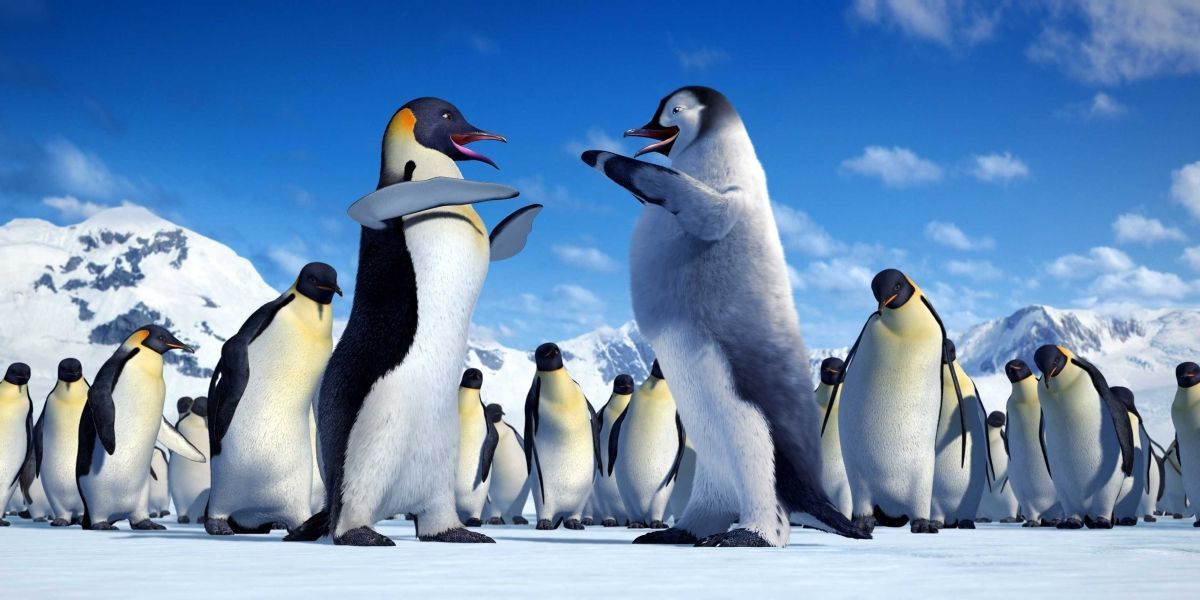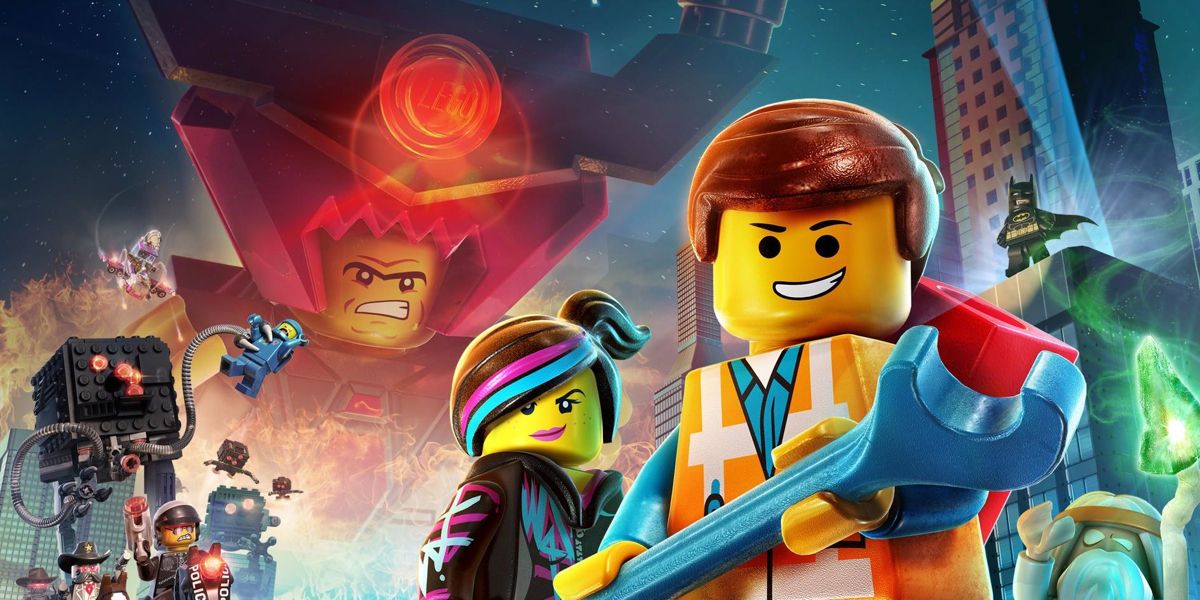Debuting tonight on Fox, Son of Zorn could well be network TV's most absurdly high-concept new comedy. Ostensibly, the sitcom premise concerns a suburban family consisting of a soon-to-be remarried single mother (Cheryl Hines) and her teenaged son whose daily lives in Orange County, California are upended by the unexpected return of the boy's well-meaning but obnoxious, selfish and none-too-bright biological father; who has moved back to the area and seeks to reconnect with them.
The gimmick? Said returning father happens to be Zorn: a musclebound, sword-wielding barbarian superhero who hails from the magical island of Zephyria - and, as befits the character and his world's obvious inspiration as a parody of He-Man & The Masters of The Universe, Zorn appears as a cartoon character (voiced by Jason Sudeikis) rendered in the style of the 1980s He-Man animated series from Filmation.
It's been awhile since a major network has taken a chance on an Alf-esque "concept show" sitcom like Son of Zorn, and it remains to be seen whether a mix of Gen-X nostalgia for MOTU and broadcast television's reliable success with the "idiot dad" formula is enough to turn the series itself into a hit. But crossing animation and live-action is a subgenre with a long and storied history dating back almost to the beginnings of filmmaking itself. While it would be almost impossible to explore every example of the form, here's a detailed guide to some of the most noteworthy moments on the long road that (thus far) has led up to Son of Zorn.
THE ENCHANTED DRAWING (1900)
Believe it or not, the first known animated cartoon was itself part of an early live-action hybrid silent short by inventor and experimental filmmaker J. Stuart Blackton. Like many early film pioneers, Blackton's work made use of "stop-action" trick photography to wow audiences with films where objects and people seemed to appear and disappear as if by magic. With The Enchanted Drawing he added a new wrinkle: In the film, Blackton himself draws a face, a bottle of wine and a glass on a large canvas; then pulls the bottle and glass out into the real world - causing the drawn face to change its expressions and thus become the first example of filmed cartoon animation.
GERTIE THE DINOSAUR (1914)
Winsor McCay is today best remembered as one of the greatest cartoonists and comic-strip creators who ever lived, a legend in the medium thanks largely to his genre-defining creation of the Little Nemo strip. But he was also, for a time, a Vaudeville performer and filmmaker; and with Gertie the Dinosaur he brought those latter passions together with singularly unique results. Footage of the (still!) highly-detailed animated Brontosaurus would be projected on a screen behind McCay, who would time his routines to appear as though he was giving the character commands and even appear to leap into the cartoon himself at the climax. Considered a technical highpoint for the medium until the later emergence of Walt Disney's productions, for several decades Gertie was popularly regarded as the most widely known work of early animation in the world.
OUT OF THE INKWELL (1920s)
The "animation as magic trick" conceit continued to dominate the genre well into the 20s, with pioneering cartoon brothers Max and Dave Fleischer contributing this landmark series in the format. While the title referred to the framing conceit of the shorts, wherein animated figures would cavort on the drawing paper of a live-action Max Fleischer after leaping from an inkwell (or the head of a fountain pen); the real significance of the Inkwell franchise was the brothers' revolutionary development of the "rotoscope" animation technique. Live action footage was photographed and traced/embellished in order to create an unprecedented degree of realistic movement, a technique Fleischer would further refine for their legendary Superman shorts and that Walt Disney would utilize for Snow White a decade later.
WALT DISNEY'S THE ALICE COMEDIES (1923-1927)
Walt Disney did his first professional work as an animator at small-time Laugh-O-Gram Studios in Kansas City, Missouri. The run down studio (which was in such disrepair that Walt shared his workspace with mice said to have inspired... well, take a wild guess) eventually failed, leading Walt to head for Los Angeles and his destiny. But before he did he produced a short feature called "Alice's Wonderland" wherein footage of a live actress was inserted into an animated world to interact with cartoon characters. Once in L.A., Disney scored a contract to produce a whole series of "Alice Comedies" on the same theme, ultimately making 57 shorts and accruing enough money (and experience) to eventually strike out on his own.
ANCHORS AWEIGH (1945)
In the Golden Age of the Hollywood studio system, actors and filmmakers were routinely contracted on an exclusive basis to specific studios. That exclusivity included the animators of pre-feature short-subjects and their creations, so it wasn't unusual for cartoon characters to be counted as part of a studio's "stable" alongside popular human actors. MGM's Anchors Aweigh takes that sensibility to the next level; not only building the studio itself into the storyline (the plot: Frank Sinatra and Gene Kelly are Navy sailors on leave in Hollywood who try to help a struggling actress score an MGM contract) but staging a now-legendary sequence wherein Kelly performs a show-stopping tap dance routine opposite Jerry the Mouse from Tom & Jerry. The scene inspired other studios to try similar crossovers with their cartoon properties, but this remains easily the most famous example.
SONG OF THE SOUTH (1946)
Walt Disney Pictures' most notorious feature, Song of The South is still unavailable on home video today and has been largely scrubbed from the studio's public history (save for the popularity of the song "Zip-A-Dee-Doo-Dah") because of racially-insensitive caricatures and dialogue. While the merits of releasing or releasing the film on those issues are debatable, what's unquestionably a shame is that the film's unavailability also means missing out on its groundbreaking live-action/cartoon integration - the detail and complexity of which was unmatched at the time. In particular, the use of shadows and shading to mimic the lighting conditions of the live footage and matched tacking-shots were ahead of any other such techniques seen in the same era.
MY DREAM IS YOURS (1949)
Like most other attempts by rival studios to mimic MGM's big-star musical success in the 40s, this odd radio-biz love-triangle story was not successful in its day with either audiences or critics despite the presence of Doris Day and Eve Arden in the main cast. Today, the film is remembered almost exclusively for a technically-impressive (if bizarre) Easter-themed dream sequence which features a pair of cameos from Bugs Bunny and Tweety Bird. The Looney Tunes pair (complete with Mel Blanc vocals) perform comedy and dance alongside human actors in bunny costumes to the tune of Hungarian Rhapsody No.2 for the amusement of a sleeping child - it's as odd (and out of place) as it sounds.
MARY POPPINS (1964)
It was the part of the film most despised by Mary Poppins' cantankerous original creator P.L. Travers, but the lengthy sequence where Mary, Bert and the Banks children leap into an animated world via a chalk drawing could well be the film's most iconic moment - not in the least because it features the classic song “Supercalifragilisticexpialidocious." The human/cartoon fusion was also a huge leap forward, looking as good or better than many subsequent attempts and re-cementing such scenes as a staple for higher-end Disney product for many years after.
THE INCREDIBLE MR. LIMPET (1964)
One of the most bizarre big studio movies of the 60s, this oddly grim-humored comedy from Warner Bros. attempts to mimic the Disney formula (complete with Don Knotts as marquee star) with a story about a distracted dweeb with a marine life fixation (Knotts) who falls off a pier and is transformed into a fish, plunging immediately into underwater adventures rendered in animation. In a decidedly un-Disney-like twist, the whole thing takes place during World War II, so when Mr. Limpet discovers that his fish form possesses weapon-strength sonic powers he seeks out an old U.S. Navy friend and offers to use his "thrum" to help destroy Nazi U-Boats. A remake has been planned on and off for many years, failing to come together on multiple occasions for stars and filmmakers including Jim Carrey, Mike Judge, Richard Linklater, Sarah Silverman and Key & Peele; among others.
BEDKNOBS AND BROOMSTICKS (1971)
So goes the legend, Disney kept up development of this big-budget fantasy feature (which shares several plot details and actors with Mary Poppins) in part so that if P.L. Travers did ultimately refuse to sign off on Poppins he'd have a similar project ready to become a new home for the Sherman Brothers' now famous songs. Mary Poppins got made, of course, so the Shermans whipped up another book of catchy ditties for Bedknobs; which stars Angela Lansbury as a WWII-era British witch in training (by correspondence course!) who takes in a group of war orphans who in turn help her in her quest for a magic amulet that involves an extended romp in a cartoon kingdom of anthropomorphic soccer-playing animals. While technically impressive, the animation sequence can't compete with Poppins', and the film is better remembered for its one-of-a-kind finale; an epic action sequence where Lansbury repels a Nazi invasion of England by raising an army of "living" medieval armor and weapons.
DUNDERKLUMPEN (1974)
The U.S. leads the world in the live-action/animation hybrid genre, but the rest of the world has taken its shot as well: Dunderklumpen hails from Sweden, and features a magical forest-creature who brings a collection of childrens' toys to life to become his friends, only for the toys' child owner to follow them into the woods and become involved in an adventure concerning a misunderstanding over a "treasure" box. The animation is low-tech by mid-70s standards, but the unique designs and the use of live-action backgrounds largely taken from the authentic Swedish coutryside lend a special mood to the piece.
PETE'S DRAGON (1977)
Disney's original Pete's Dragon is about as far removed from the small-scale, E.T.-inspired 2016 remake as you can get; a truly strange big-cast slapstick musical set in a New England fishing village about an orphan boy and his (sometimes) invisible dragon friend hiding out with a father/daughter team of lighthouse keepers while on the run from a family of violent redneck criminals and (later) a fraud medicine man who wants the dragon for spare parts. The selling point, of course, is that when Elliot the Dragon does appear, its in the form of an expressively-animated cartoon figure (animated by a young Don Bluth) who is inserted into the film and interacts with the human characters via impressive visual effects compositions.
DINOSAUR WAR IZENBORG (a.k.a. ATTACK OF THE SUPER MONSTERS) (1977-78)
Released in the U.S. edited into a single feature ("Attack of The Super Monsters,") Dinosaur War Izenborg is regarded as a bizarre entry even within the realm of Japanese live-action children's television. Ostensibly an attempt to marry a kaiju/tokosatsu ("special-effects") series in the vein of Ultraman with the transforming-vehicle aspect of Thunderbirds, the production added an extra level of weird by using anime characters in lieu of live actors for the main human heroes of the series; a science/paramilitary unit tasked with beating back an invasion of the surface world by reborn subterranean dinosaurs. The end result was unforgettably strange, with the low-fi animated figures piloting elaborate toy-like jets and tanks against men in giant rubber dinosaur costumes thrashing around on miniature sets; with interior scenes often using live action locations where doors and other objects are yanked about with wires to simulate the cartoon heroes interacting with them.
THE DOT SERIES (1977-1994)
From Australia comes this whimsical series of environmentally-minded children's adventure films from Yoram Gross, beginning in 1977 with Dot & The Kangaroo - ostensibly an adaptation of Ethel C. Pedley's 1884 book of the same name about a lost girl being helped to get home by a kangaroo. Backed up by an enthusiastic Australian Film Commission, Gross created a quintessentially Aussie-flavored feature by inserting animated figures into dazzling real-life locations (including the Jenolan Caves and the Warragamba Dam Catchment Area of the Blue Mountains in New South Wales) and a memorable sequence involving Aboriginal cave art. The film was an international success, inspiring seven sequels between 1981 and 1994: Around The World With Dot, Dot and The Bunny, Dot and The Koala, Dot and Keeto (a mosquito), Dot and The Whale, Dot and The Smugglers, Dot Goes to Hollywood and Dot in Space.
TWILIGHT OF THE COCKROACHES (1987)
Japan is one of the world's animation capitols, but Japanese national cinema has produced comparatively few features in the live-action/animation canon. One of the most memorable is this ultra-dark satire of nuclear-annihilation fears, in which a community of cartoon cockroaches (with disturbingly human facial features) for whom the (live-action) filthy apartment they inhabit may as well be a Blade Runner-esque dystopian megalopolis. This is lorded over by a giant (live-action) human bachelor with whom they co-exist in an uneasy peace... until their towering host gets a girlfriend, who compels him to clean up his life - which, of course, has near-apocalyptic implications for the insects.
The satire of then-contemporary Japanese political complacency (i.e. a small civilization carrying on as though oblivious to the giant neighboring superpowers who could wipe them out in a flash if so desired) is a bit on the nose, but its a rare film that can still feel poignant even when at least one scene involves a talking dog turd. Despite being odd even for an anime feature, it wound up being one of the first "adult" Japanese animated films to gain mainstream notoriety in the U.S. thanks to airings (often alongside Vampire Hunter D and Robot Carnival) on Turner cable networks in the 1990s.
WHO FRAMED ROGER RABBIT? (1988)
Easily the most well-know, fondly-remembered and (still) technically-accomplished in the entire genre, it's still genuinely awe-inspiring just how good Roger Rabbit still looks and how much the surprisingly dark send-up of Film Noir detective thrillers and Hollywood studio-politics holds up all these years later. Set in an alternate-history 1947 Los Angeles where cartoon characters are sentient beings employed primarily as actors for animated shorts, what starts out as a high-concept genre riff (an alcoholic gumshoe investigates and then teams up with a cartoon rabbit framed for the murder of a practical-joke magnate) segues effortlessly into a sly reworking of Chinatown and a subtle allegory for the mistreatment of minority actors in Golden Age Hollywood; with the "Toons" living in a segregated community outside L.A. targeted for demolition by a sinister real estate conspiracy.
A sensation in its day for the eye-popping hybrid special effects, it remains a celebrated classic thanks in no small part to memorable characters like Bob Hoskins' hard-boiled Eddie Valiant, Kathleen Turner's boundary-pushing cartoon seductress Jessica Rabbit and Christopher Lloyd's Judge Doom - widely considered one of the scariest bad guys in the history of kids' movies.
COOL WORLD (1992)
Ralph Bakshi, long the enfant terrible of American animation, pinned a hoped-for '90s comeback on this adult-oriented dark-comedy fantasy that wound up feeling both ahead of its time yet also weirdly retrograde; the result of budget slashes and a rift between producer Bakshi and producer Frank Mancuso Jr, who bought but then ordered massive rewrites to Bakshi's original screenplay. A comic book artist (Gabriel Byrne) is pulled into the anarchic cartoon world of his own creation by animated femme fatale Holli Would (Kim Basinger), who believes that she can cross over into reality by having sex with a human; something that Cool World law forbids and that a dimensionally-displaced human cop (super-young Brad Pitt - really!) tries to prevent - believing that Holli's scheme could unleash an apocalyptic breakdown of time and place. It's less interesting than it sounds, though it's certainly unique and features character animation by Paul Bolger.
EVIL TOONS (1992)
Ralph Bakshi's original pitch for Cool World was a horror movie about an artist who enters an animated world to sleep with his cartoon fantasy woman and inadvertently fathers a half-human/half-cartoon daughter who subsequently escapes to the real world and tries to kill him. While there's no way to know if that premise would have worked out better than the one they settled on, by amusing coincidence that same year infamous low-budget movie maven Fred Olen Ray produced what is still the only real attempt at a "killer cartoon" horror movie. The "Evil Toon" of the title is a demon who takes the form of a cartoon wolf to menace a group of young women renovating a haunted house, but he only appears as such in a handful of scenes and most of the film's action involves him possessing the human characters.
The film has a following and low-tech charm (there was a "20th Anniversary" DVD in 2010) but like most of Ray's other films of the era it's mainly an exercise in promoting his stable of "Scream Queens;" a group of models and former adult film actresses (here including Monique Gabrielle, Madison Stone, Barabara Dare and Michelle Bauer) who found second careers in horror movies in the '80s and '90s.
JAMES & THE GIANT PEACH (1996)
Cel-animation is the traditional technique employed for the hybrid genre, largely for the stark contrast it provides between the two mediums (after all, CGI and stop-motion animation is largely used to replicate "real" things, not stand apart) but a few examples of stop-motion being combined with live-action for narrative effect do exist, and this well-remembered Roald Dahl adaptation from Henry Selick and Disney is one of the most well known. While the majority of the film is fully-animated, the story is framed by live-action sequences that imply at least some of the action is either a dream or embellishment... until the finale, where the stop-motion giant insect heroes make a brief but memorable incursion into "real world" New York City. A remake, believed to be a fully live-action feature, is currently on Disney's slate for the near future.
SPACE JAM (1996)
Somehow, in 1996, this happened: Warner Bros, having found renewed success leveraging the Looney Tunes characters as advertising mascots for other brands, decided to turn a series of popular Nike ads wherein basketball superstar Michael Jordan played hoops against Bugs Bunny into a feature film. Not only did Jordan decide to do the movie, he agreed to turn it into a pseudo-biography wherein his (real life) return to the NBA after a stint in Minor League Baseball a year earlier was revealed to have been motivated by having journeyed to Looney Tune Land to help Bugs and company win a basketball tournament against a team of alien invaders who stole their basketball-playing powers from several other NBA all-stars (in reality, Jordan's early retirement and baseball attempt came in the wake of the shocking murder of his father in 1993). Savaged by critics of the day as the nadir of cynical marketing exercises (if only...), the film was a hit and remains a nostalgic staple for Millennial audiences. A sequel, possibly featuring Lebron James, has been teased for several years.
THE ADVENTURES OF ROCKY & BULLWINKLE (2000)
Jay Ward's classic 1960s Rocky & Bullwinkle cartoons were always more celebrated for their clever wordplay, elaborate storylines and sharp Cold War-era pop-satire, so it seems a strange decision to turn them into a slapstick road comedy mainly built around gags and celebrity cameos. The film hit at a lull point for nostalgia-revival projects, and was most widely focused on for the surprising casting of Jason Alexander and Renee Russo as Boris Badinov and Natasha Fatale - and the even more eyebrow-raising presence of a way over-the-top Robert DeNiro as Fearless Leader. Far from a classic, but it has its charms and did lead to some renewed interest in the original characters - though not enough to launch any subsequent features as of yet.
OSMOSIS JONES (2001)
The Farrelly Brothers tried their hands at the animation game with this high-concept comedy about personified blood-cells, germs and other microrganisms inhabiting "The City of Frank" - i.e. the body of a slovenly depressed man named Frank played in live action by Bill Murray. Chris Rock voices the titular Jones, a white blood-cell police officer tasked with thwarting crime unleashed by germs and other health-hazards, whose control over the city is growing thanks to a corrupt mayor who remains content to let Frank continue his unhealthy downward spiral despite the urgings of his daughter. When a serial-killer virus aiming to become the world's new deadliest disease appears in town, "Ozzy" teams up with David Hyde Pierce a cold pill (think Robocop) named Drix to save Frank. Originally pitched as an adult-oriented spoof in the vein of The Simpsons, the film was edited down to a PG13 (sacrificing sequences like a visit to "Gonads' Gymnasium") but still managed to bomb once released to theaters despite doing some clever things with its out-there premise.
LOONEY TUNES: BACK IN ACTION (2003)
Seven years after Space Jam, Warner Bros. gave the Looney Tunes a more traditional try with this kitchen-sink gagfest courtesy of Gremlins-creator Joe Dante. Bugs and Daffy team up with a movie studio executive (Jenna Elfman) and Brendan Fraser's stuntman (Brendan Fraser) to stop a mad scientist (Steve Martin) from turning all of humanity into monkeys with a magic blue diamond. It's a funny film and an obvious labor of love, packed with references to classic sci-fi movies, goofy jokes and the extended Looney Tunes cast all acting more like themselves (in both hero and villain roles) than most of them had in years... but audiences didn't warm to it, and the film was a box office disaster upon release and is (to date) the last film of Dante's to receive a wide theatrical release.
HAPPY FEET (2006)
Many questioned producer/director George Miller's decision to use largely photo-realistic animation for a film built around the weird premise of a society of arctic penguins who communicate by signing pop-songs (or, in the case of the hero Mumble, tap-dancing); but fans of the eccentric Australian film legend (best known for the Babe and Mad Max films) should have known he was building to something - namely, a surprising finale where Mumble finds himself abducted by "aliens" (read: humans) and confined to a Marine Park... only to summon his dancing abilities and eventually lead humanity to a global worldwide debate over how best to protect the penguins' environmentally-imperilled territory. Even before that point, Happy Feet is a one of a kind feature; rife with social and religious allegory amid all the dancing-animal hijinks, but the unexpected segue into live-action sends it to a whole other level.
THE LEGO MOVIE (2014)
For a fully-animated feature, The Lego Movie spends a lot of time trying to look "real;" with special animation trickery employed to make the CGI-animated Lego world look like physical bricks being manipulated via stop-motion (or, at one point, dangled on a string). It all seems like just so much extra commitment to the joke at first, but plot details about oddly-familiar non-Lego "treasures" and cryptic dialogue about "The Man Upstairs" leads to a third act reveal that likely became one of the all-time plot twists to a generation of young viewers. Emmett (Chris Pratt) tumbling out of the Lego World into live-action reality and discovering that his adventures had all been the imaginative story-play of a young boy exploring his father's elaborate Lego collection was a mind-bender moment, but it also gives the already charming film an unexpectedly powerful injection of heart at the exact moment that a lesser film would be descending into a mindless action finale. What should have been the most shameless feature-length commercial since, well, Space Jam is instead likely on its way to being a modern classic - and the impact of its jump between mediums is one of them.

